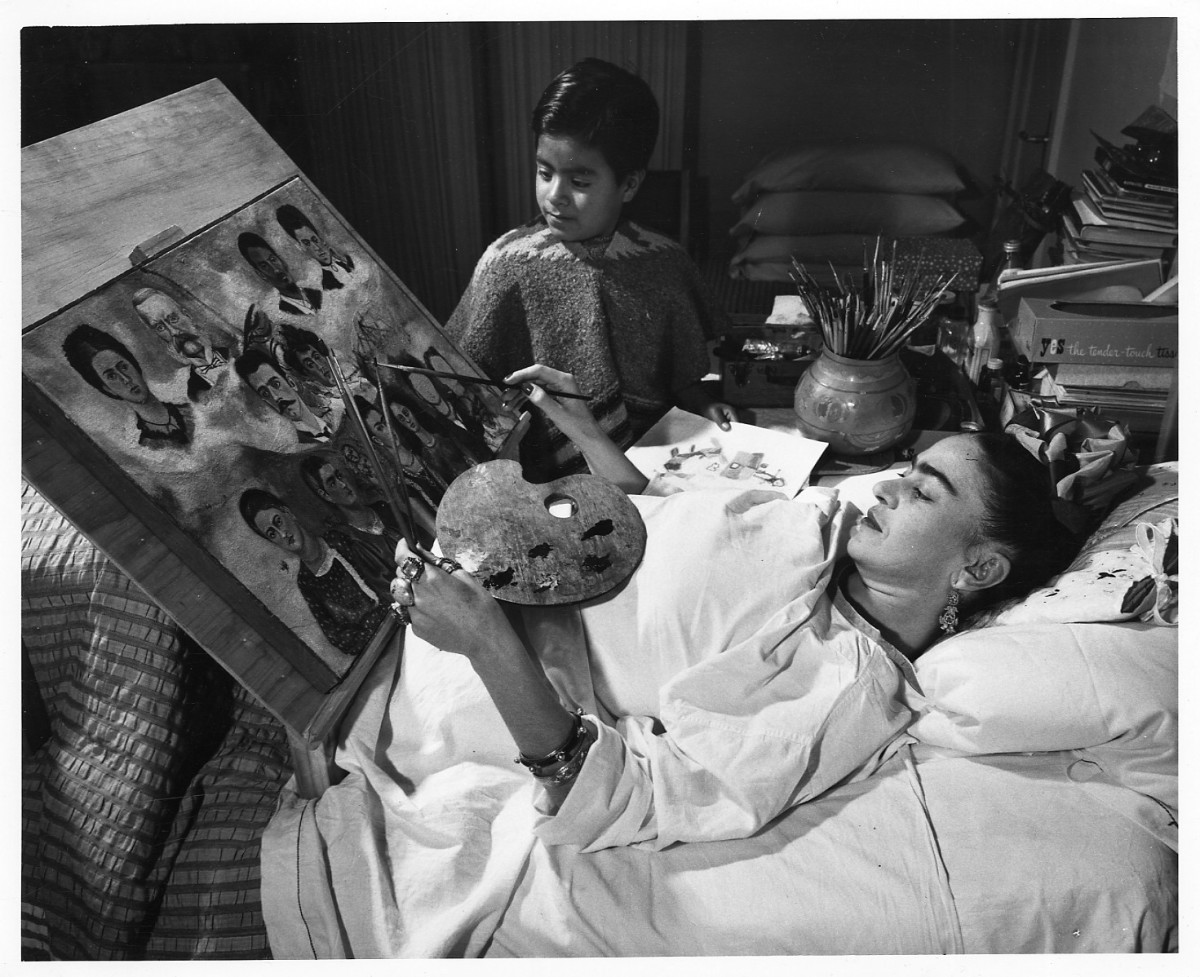Friends, it has been the case that this year's challenges have delayed production of the calendar. God willing, they will be ready for shipping right around New Year's Eve.
Paypal portal at bottom of the page. Your payment will not be processed until your calendar has shipped. If you are local, do not pay for shipping; we can arrange a meeting to pickup.
Every month in 2017, I will provide a deeper commentary on the calendar for that month, on this blog.
Thank you for your patience and patronage, and for nurturing the sacred Feminine, the principle of connectedness that exists in all people, in all nature. A voice emerging from our collective heart is being felt in the world. I hope the calendar brings you many messages.
February - Magdalene at the Casbah
on the judgement of women in a patriarchal age
March - The World Keeps Spinning
on the excellence of Nature as our teacher
on the excellence of Nature as our teacher
April - Code Unwritten
the important details of a woman's status may be written in her hair
the important details of a woman's status may be written in her hair
May - Bird on a Wire
survival and self-sovereignty
June - Convergent Cultures
two Jewish girls in Morrocco, 1900
July - The Treasure of the House
Hexagram 37: the Family
August - She Had Some Horses
inspired by a poem by Joy Harjo
inspired by a poem by Joy Harjo
September - Himsa / Alhimsa (Violence / Nonviolence)
what Ghandi said about self-defense for women
October - HildaVision
Swedish mystical artist Hilda Klint specified that her work not be shown until 20 years after her death
November - The Star Knowledge Returns
indigenous knowledge re-emerges into consciousness
indigenous knowledge re-emerges into consciousness
December - The Ever Renewing Cycle
the path of all women
the path of all women


























